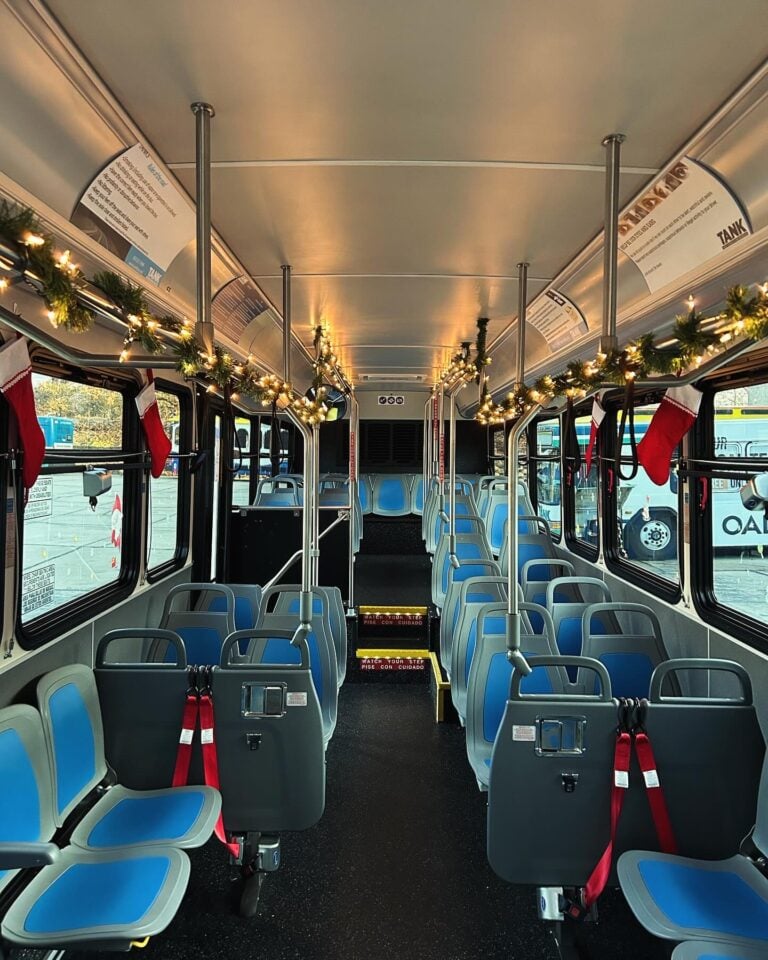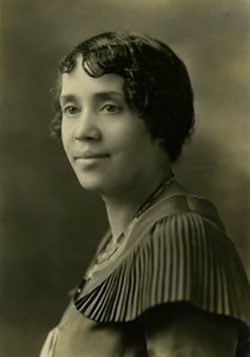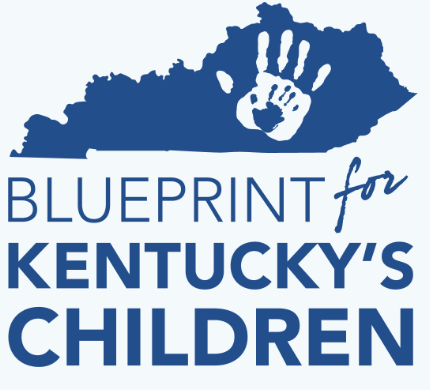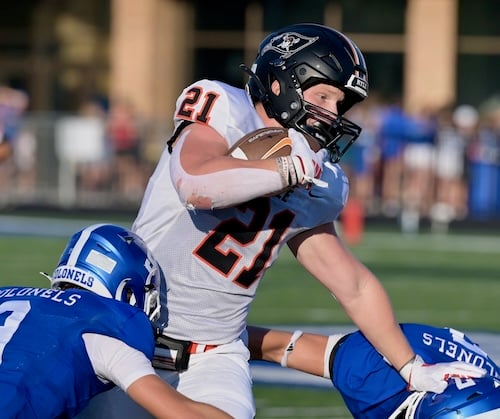The riverboat captain is a storyteller. Captain Don Sanders shares the stories of his long association with the river — from discovery to a way of love and life. This a part of a long and continuing story.
By Capt. Don Sanders
Special to NKyTribune
This past Tuesday, I was entertained and enlightened while watching author Jessica K. Whitehead’s DRIFTWOOD: The Life of Harlan Hubbard, an outstanding online presentation of the Behringer-Crawford Museum of Covington, Kentucky. For those unfamiliar with Harlan Hubbard, he was an avant-garde, somewhat eccentric fellow from Northern Kentucky who, besides being a gardener, carpenter, and general handyman, could write great books, paint lovely pictures, and, as John Hartford might say, “play the fiddle.” Harlan, born in 1900, is remembered best by most as a shantyboat man.

Harlan Hubbard’s most earnest dream was to build a small wooden ark from scrounged timbers of demolished buildings and driftwood debris cast upon the shore of the Ohio River near his home in Brent, across the river from the Cincinnati Coney Island amusement park. His dream would have remained an unfulfilled fantasy had he not met Anna Eikenhout, a librarian at the Cincinnati Public Library.
According to Mia Cunningham, author of Anna Hubbard: Out of the Shadows, “Anna Eikenhout was an honors graduate of Ohio State University, a fine-arts librarian, a skilled pianist, and an avid reader in three languages.” Harlan and Anna married in 1943. It was Anna, in 1944, who encouraged her newlywed husband. After many discussions about their future, Anna told Harlan:
“Now is the time to build the shantyboat we have discussed for so long.”
After completing their tiny shanty afloat in ’44, they cast off down the Ohio and Mississippi Rivers until they ended their fluvial pilgrimage in the Louisiana Bayous in 1951. During their extended excursion, they stopped at several locations long enough to plant and grow a summer crop of various vegetables. These they canned, as they did wild berries and fruits growing along the riverbank. Catfish caught in the river and canned found a place within the shantyboat larder.

Their first stop was Payne’s Landing on the Kentucky shore of the Ohio River below Madison, Indiana. Upon completing their extended river sojourn, the Hubbards looked for somewhere to call home. Finally, they settled on several acres at Payne’s Landing, calling it “Payne Hollow.” There, the couple lived and flourished for the rest of their days.
Although the Hubbards had no children, two young men likely became as close to them as their own offspring. Paul Hassfurder, the Hubbard’s heir to their Payne Hollow home and property, is best known, but before Paul, there was Harvey Simmons. Harvey came to the DELTA QUEEN in New Orleans in 1972 after retreating from his harried life in New York City. Failing to find a slot aboard an ocean-going ship, Simmons settled for a pot washer’s post in the QUEEN’s torrid scullery. There, the brilliant young man of many talents languished instead of being promoted to a better position. Previous scrubbers of the steamboat’s pots and pans failed to properly rinse the soap residue from the metallic utensils, causing widespread gastric intestinal difficulties aboard the vessel. For the improvement in the general health aboard the DELTA QUEEN, the credit belonged to Harvey. Following repeated requests by various supervisors for his assistance, Harvey transferred to bartending.

Harvey eventually revealed he’d been a New York City librarian, botanist, bookmaker, and editor at Eakins Press Foundation. His many connections in these various fields ultimately helped others when they needed it the most.
One day during the Summer of 1972, while I was the Master of the DELTA QUEEN, scheduled to dock in Madison, Indiana, Harvey said he anticipated a guest couple coming aboard once the boat landed and asked if I would arrange a guided tour for his visitors. When he identified the duo as Harlan and Anna Hubbard, I pledged to conduct the tour. As I waited in the Texas Lounge, Harvey arrived at the appointed time, escorting an imposing, white-haired, elderly couple into the elegantly appointed expanse. Anna, attired in a softly printed, light summer dress and comfortable seasonal footwear, glowed elegantly like the face of a sunflower. Tall and lean, Harlan wore a clean white tee shirt, freshly cleaned scrubbed bib-overalls, and was barefoot.

Harlan and Anna received this Captain’s personal VIP tour – the most comprehensive and detailed I’d ever conducted. From that time forth, Harlan and Anna Hubbard became my beloved, personal friends, a friendship lasting until they departed from life in the late 1980s.
At Harlan’s first public exhibit of his paintings at the Covington Carnegie Public Library in 1978, Harlan said I could have any unsold painting as my gift for conducting their tour of the DELTA QUEEN six years earlier. Deborah “The Fish” Fischbeck, from the Steamer MISSISSIPPI QUEEN, and I arrived late in the show as Harlan’s paintings flew off the gallery walls, snatched by eager buyers. Fish spotted a work called Gray Days, depicting a gloomy, dreary-looking scene capturing the Ohio River scene at Payne Hollow, complete with the rocky bar at the mouth of the creek passing through the Hubbard’s property.
“Whoever painted that sure understood the dismal Ohio River Valley,” Fish, who was not particularly fond of wintry, gray days along the Ohio River, remarked. Gray Days by Hubbard now adorns a wall in my home as it did in several houses I’ve lived in nearly half a century after Fishy’s critique of Harlan’s painting.

In the film He Who is Blessed, a documentary of Harvey Simmons’s life directed by Christopher E. Barrett, Harvey tells in a segment filmed at Payne Hollow that years before, while he was visiting the Hubbards, Harlan revealed he had written a book about their lives since settling in the Hollow. Harlan explained that he sent the manuscript to a New York publisher but hadn’t heard back. A publishing house representative finally contacted Harlan, informing him they were considering his work for a book. After a couple more years without any word from New York, Harlan tried again but was shocked to hear that his manuscript was lost. Harlan requested Harvey retrieve his script when he returned to the big city.
Once back in the Big Apple, Harvey visited the errant publisher, only to be given the same runaround as had the author. That is when Harvey demanded that they find the Hubbard manuscript, and until it was, he would not leave their office. Harlan’s Payne Hollow thesis on “living life on the fringe of society” was soon recovered and presented to the persistent Mr. Simmons within a few hours. After reading the document, Harvey persuaded his longtime friend, editor Leslie Katz, at Eakins Press to publish Harlan Hubbard’s second book, Payne Hallow: Life on the Fringe of Society, in 1974. Since then, the University of Kentucky and Gnomon Presses have published a series.

My most cherished edition of Payne Hollow, an original hardbound book published by Eakins Press, was a gift presented to me by John “Cheyenne C. Cheyenne” Hess, who found the book complete with its dustcover while dumpster-diving in Carrollton, Kentucky. Cheyenne, a former DELTA QUEEN crewman and close acquaintance of Harvey Simmons, was the subject of a column written for the NKY TRIBUNE several years ago.
Throughout the years after Harlan and I met, we corresponded annually through letters before his death in January 1988. I visited the Hubbards at their hollow a decade earlier while aboard the sternwheel towboat WINIFRED. Captain Bela Berty, then decking on the boat, bought a painting from Harlan stowed in the snake-festooned artist workshop. Years later, when Bela and I worked together on the GRAND VICTORIA II casino boat at Rising Sun, Indiana, I bought the painting Tell City Cityfront that hung in Harlon’s studio. It now resides on the wall next to Gray Days.
The last I heard from Harlan Hubbard was as he lay dying in bed at a friend’s home in Madison. Capt. Lou Webb, another Hubbard acquaintance, had stopped by for a visit. As Louie left, Harlan called, “Tell ‘Doc’ Sanders I said hello.” Harlan mixed up my name with Captain Doc Hawley’s – and ever since, I’ve cherished Harlan associating my name with my longstanding mentor, boss, and friend, Captain Clarke Campbell “Doc” Hawley. Sadly, these astonishing men are both gone, leaving me to carry the tale.

Purchase Captain Don Sanders’ The River book here

Capt. Don Sanders The River: River Rat to steamboatman, riding ‘magic river spell’ to 65-year adventure is now available for $29.95 plus handling and applicable taxes. This beautiful, hardback, published by the Northern Kentucky Tribune, is 264-pages of riveting storytelling, replete with hundreds of pictures from Capt. Don’s collection — and reflects his meticulous journaling, unmatched storytelling, and his appreciation for detail. This historically significant book is perfect for the collections of every devotee of the river.
You may purchase your book by mail from the Northern Kentucky Tribune — or you may find the book for sale at all Roebling Books locations and at the Behringer Crawford Museum and the St. Elizabeth Healthcare gift shops.
Order your Captain Don Sanders’ ‘The River’ book here.






















Oh, just how wonderfully you bring Harlan & Anna to life.Capt Don.. I had forgotten how you came to know the Hubbards. So cool,yet again,the Delta Queen worked her magic to bring long time friends into existence. I was blessed to have met them. 1st was when Harlan spoke at an MOR meeting in Madison. Then again when I was guided thru the thicket by Frank Prudent to enjoy a visit at Payne Hollow, it felt like hallowed ground. Thank you for bringing Harland & Harvey (whom I’d met on the Queen!) to life for old memories or new learning. Thank you NKy Tribune for this great reading pleasure!
As always I enjoyed reading your Sunday installment in the local newspaper. Do think these newer stories you are writing will make it into a volume such as The River did? I have adored reading all the books Harlon wrote, and in today’s mail I received Driftwood. I also enjoyed the movie Wonder with contributions by Wendall Berry. This article was right up there with your John Hartford stories!
A great story. The Hubbard’s were incredible people.
I remember the day in 1979 or so when I steered our tow of 12 loads of Green River coal bound for the Clifty Creek Power Plant near Madison, Indiana over towards the Payne Hollow side of the river and blew a long salute on the boat’s air horn (still called “the whistle” in those days). I had recently read Harlan Hubbard’s book, “Shanty Boat” and was enchanted with their story. Sure enough, a tall lanky white-haired man of the river and earth appeared out of the foliage and waved a long arm in reply. I keyed the microphone to the boat’s bull horn atop the pilot house and broadcast to the whole hollow and surrounding world how I really, really enjoyed his book. In my binocular’s, I could see him smiling, nodding his head, and waving back, 2-armed this time!